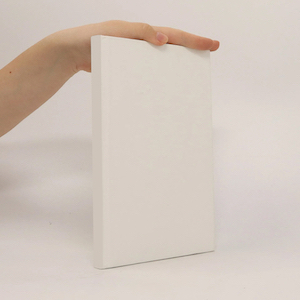
Paramètres
En savoir plus sur le livre
Depth perception from stereo vision presents significant challenges for both biological and artificial vision systems, primarily due to the need for finding correspondences in different views captured by visual sensors. While animals navigate this task effortlessly, machine vision has long struggled to develop algorithms that match the efficiency and robustness of biological systems. A key distinction lies in the sensors used: biological systems perform self-timed, continuous sensing, whereas machine vision predominantly relies on frame-based cameras that capture static images at fixed intervals. Traditional stereo vision algorithms are optimized for pairs of static images, typically at frequencies of a few tens of Hertz, leading to a trade-off between latency and computational cost due to processing redundant data from successive images. Recently, a new class of event-based vision sensors, known as silicon retinas, has emerged. These sensors mimic the mammalian visual retina by producing continuous streams of spikes (or events) that encode only changes in the visual scene, resulting in sparse visual output that eliminates redundancy. This innovation paves the way for efficient, frame-less machine vision algorithms that more closely resemble the capabilities of biological systems.
Achat du livre
Event-based Neuromorphic Stereo Vision, Marc Osswald
- Langue
- Année de publication
- 2017
Modes de paiement
Personne n'a encore évalué .
